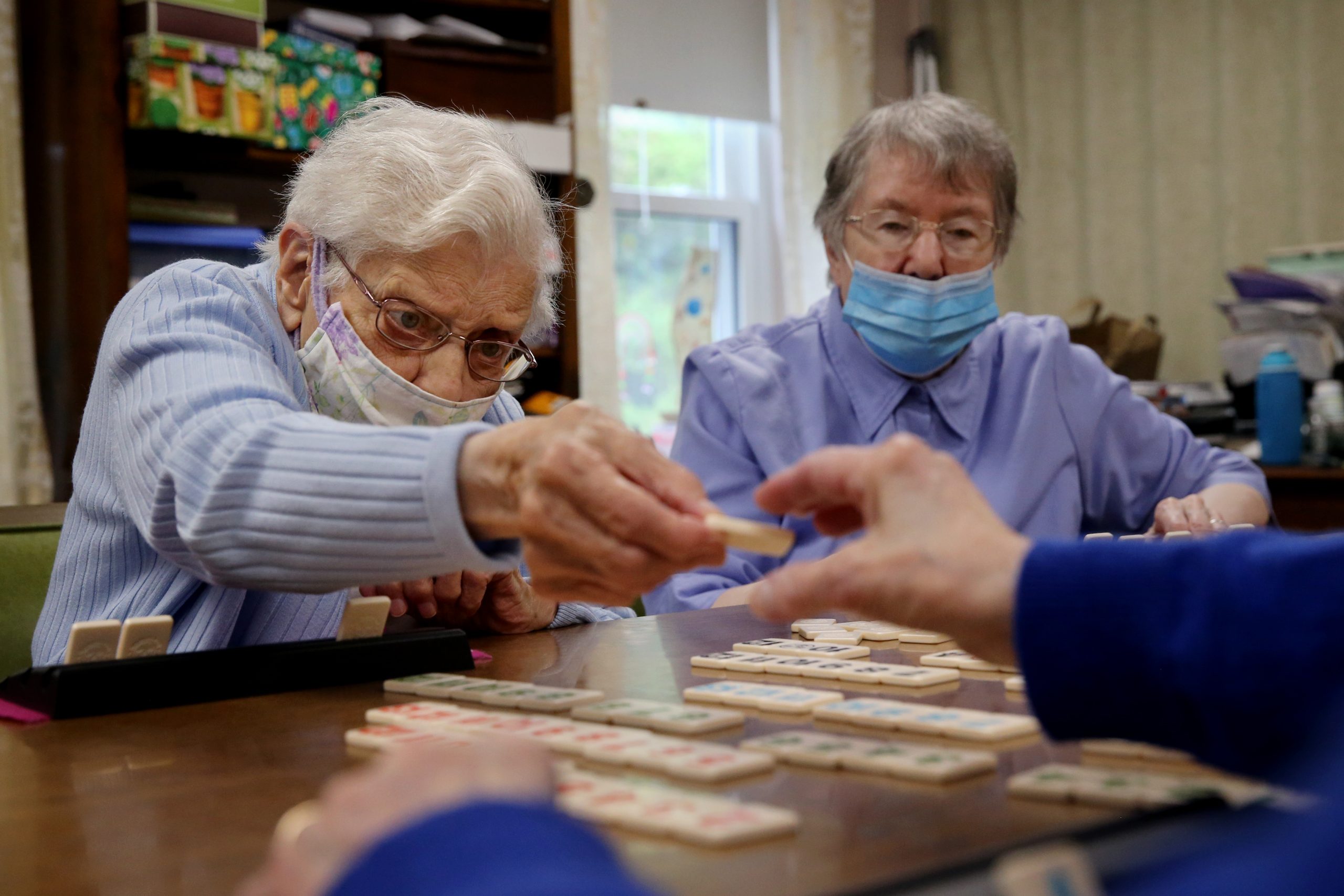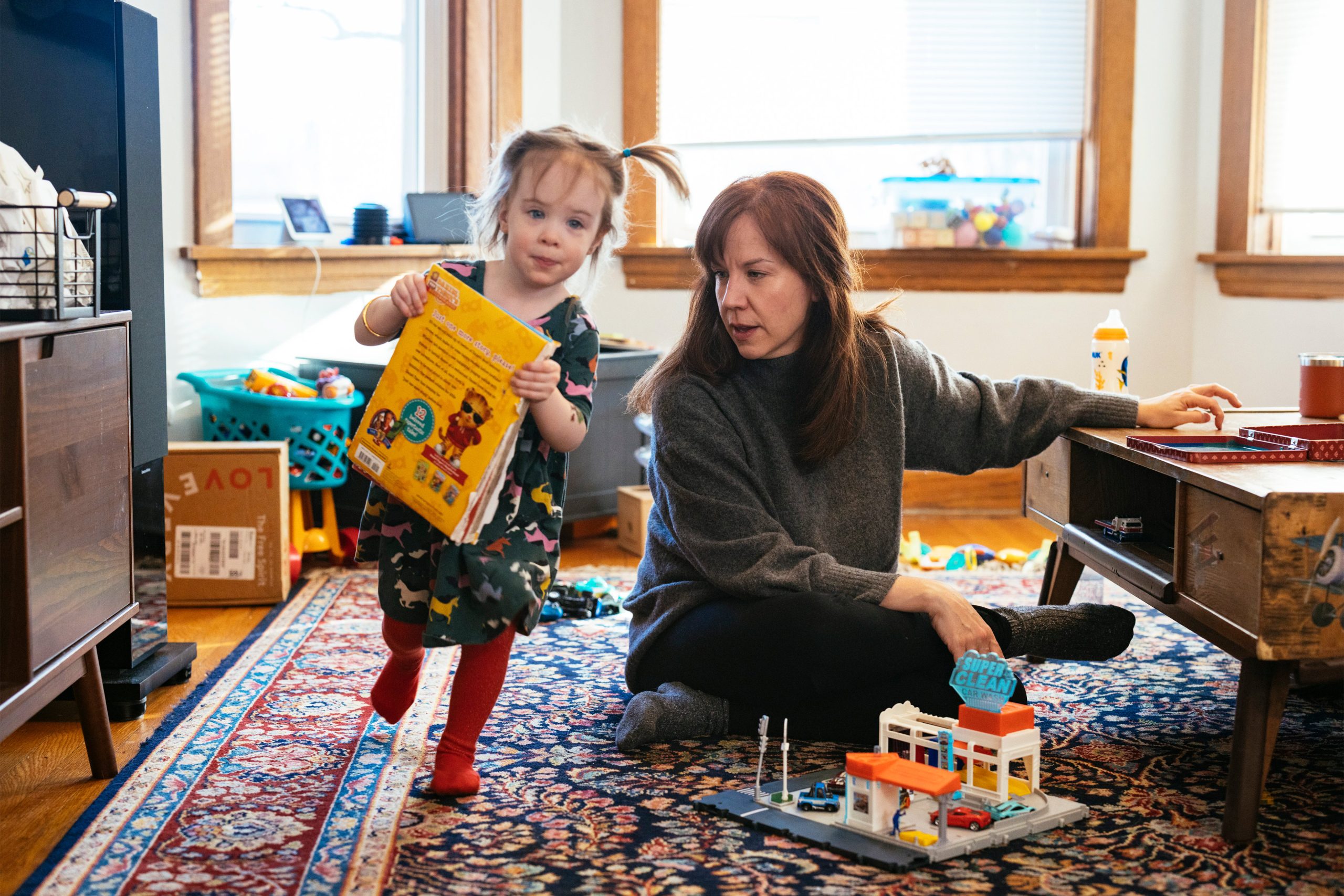Three years ago as the pandemic began to spread, U.S. nursing homes were among the prime targets of COVID-19, which infected over a million residents.
About 166,000 of those residents died as a result. The coronavirus also killed nearly 3,1000 nursing home workers, according to the Centers for Medicare & Medicaid Services (CMS).
Even today, nursing home residents are at high risk for severe illness and death from the virus, the Centers for Disease Control and Prevention says.
Inadequate staffing levels — including shortages and high turnover — are among the problems identified by experts as the “highest priority issue in nursing homes,” according to a new Government Accountability Office report. The GAO, Congress’ investigative arm, outlines recommendations compiled by a panel of 13 infectious disease and nursing home experts to improve infection control practices.
“This has been a long term challenge in nursing homes,” said John Dicken, director of health care issues at the GAO. “But the pandemic made it even more challenging.”
Experts told the GAO that “inadequate staffing can make it difficult for nursing homes to adhere to proper infection prevention and control practices and can have effects beyond infection prevention and control to other aspects of quality of care.” Nursing homes are required to employ an infection preventionist, at least part-time, a registered nurse at least eight-consecutive hours a day, seven days a week, the report said.
Dicken said some nursing homes experienced shortages during COVID-19 outbreaks. In fact, more than three-quarters of the nursing homes in the country had fewer nurses and aides in 2021 than expected under Medicare’s payment formula, according to news reports.
In February 2022, President Joe Biden announced reforms to improve the safety and quality of nursing homes — increasing staffing levels was at the top of the list. The administration said it wanted to establish a minimum nursing home staffing requirement, reducing resident room crowding among others.
A CMS spokesperson said the agency plans to issue a proposed rule to set minimum staffing requirements in spring 2023. The spokesperson said in a statement that the agency is “committed to improving safety and quality of care for all nursing home residents.”
The pandemic hit some nursing homes harder than others. Black Americans are more likely to use nursing home care than white Americans, in part due to lack of generational wealth. White Americans also have access to quality assisted-living communities, which cost more. And because nursing homes accept Medicaid funding to cover costs, they tend to be located in poorer neighborhoods, provide lower quality of care and have lower levels of staffing, according to a 2021 peer-reviewed study published in the Journal of Post-Acute and Long Term Medicine entitled, “Addressing Systemic Racism in Nursing Homes: a Time for Action.”
Robert Espinoza, who co-authored that report about the racially segregated nursing home care system, said it’s important to have a nuanced approach to addressing staffing shortages.
“The idea of claiming it as a staffing solution versus a job quality solution immediately raises red flags for me,” Espinoza said. “We should be talking about living and competitive wages for nursing assistants, on full-time hours, on benefits, health coverage, paid family medical leave.”
According to the report Espinoza co-authored, the vast majority of the “direct-care workers” like nursing aides are mostly women of color, who tend to be paid low wages, often live in poverty and lack paid sick leave. These workers also tend to live in poor and more densely populated neighborhoods where it is harder to socially distance — factors attributed to increased probability of contracting and spreading COVID-19.
While the racial disparities inside nursing homes have been well documented by the GAO and researchers since the start of the pandemic, the recommendations from the mostly white panel of experts did not address the racial disparities.
“It’s another manifestation of systemic racism,” Espinoza said after reviewing the recommendations. “The decision making bodies in this country, the political bodies that get to decide ‘what are the lessons learned from this pandemic’ are not diverse.”
Espinoza said it’s important to incorporate suggestions from people who work in the front lines and those who have lived experiences. Nursing homes where the majority of residents are Black and Latino are twice as likely to get hit by COVID-19 compared with nursing homes where the population is mostly white, according to media reports.
GAO has also documented the disparities. In 2020, two in five Medicare beneficiaries in nursing homes were infected with COVID-19 and about half of the nursing home residents of color likely contracted the virus, according to the GAO report.
“The overall mortality rate in nursing homes rose 32% in 2020,” the report said. “Each month of 2020 had a higher mortality.”
The GAO report published in March provided other important recommendations, including more enforcement actions by the U.S. Department of Health and Human Services to help nursing homes improve infection prevention and control and including infectious disease emergency preparedness plans.




